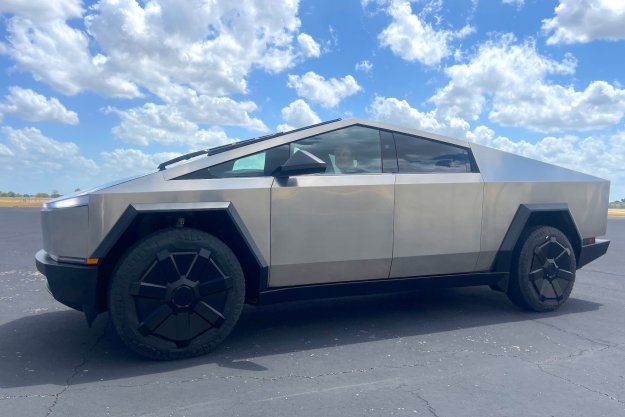In the past, race cars and road cars were very similar, but strict regulations on both sides have now forced them onto divergent technological paths. Consequently, it’s no longer necessary for a manufacturer to prove the mettle of one of its production cars on track, although it’s always entertaining when they try.
Acura may be the latest to bite, with a racing version of its 2016 NSX hybrid supercar. Honda’s luxury brand is considering entering one of two classes for production-based cars, according to Sportscar365. That means hybrid tech could reach a new level of racing that the average driver would be more likely to relate to.
The NSX may be a supercar well beyond the means of the average buyer, but it looks like a Civic compared to the high-tech hybrids that currently race in Formula One and at endurance events like the 24 Hours of Le Mans. And if Acura follows through with plans to enter the GTE or GT3 classes, the NSX will literally go wheel-to-wheel with its rivals.
Both classes are for cars based on actual production models, with GTE essentially allowing more extensive modifications than GT3. The former is featured at Le Mans, the attached World Endurance Championship, and the U.S-based Tudor United SportsCar Championship (as GTLM), while GT3 is associated with numerous other series, including the Pirelli World Challenge here in the U.S.
Acura currently runs a pair of TLX sedans in the Pirelli World Challenge, where they regularly do battle with the likes of Ferrari, McLaren, Porsche, and even Bentley. The TLX racer will probably have to be replaced soon, giving Acura an opportunity to show how the hybrid NSX stacks up against those more traditional performance cars.
On the other hand, the GTE class offers opportunities for greater exposure at higher-profile events like Le Mans, the 24 Hours of Daytona, and the 12 Hours of Sebring. Chevrolet Corvettes, Porsche 911s, Ferrari 458 Italias, and Aston Martin Vantages are mainstays of this class.
An NSX-based racer currently competes in Japan’s Super GT series (with the Honda badging used outside the U.S.), but it has less in common with the production version than either of these proposed racers would.
It’s easy to talk about the performance potential of a new supercar, but it’s rare to actually see one of those cars reach that potential. Racing is one of the few venues where that’s possible, and given its novel hybrid powertrain, the NSX seems like a great candidate for the track.
Editors' Recommendations
- Acura adds some supercar touches to its MDX family crossover
- 2019 Acura NSX vs. 2019 BMW i8
- All the haters are wrong: The new Acura NSX is just like the original NSX


